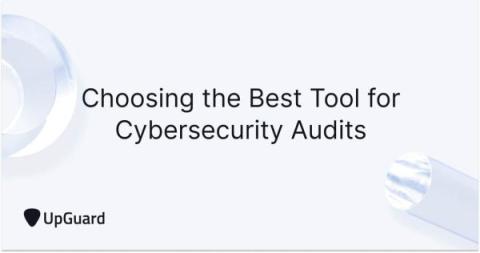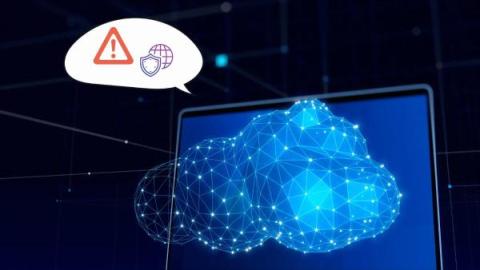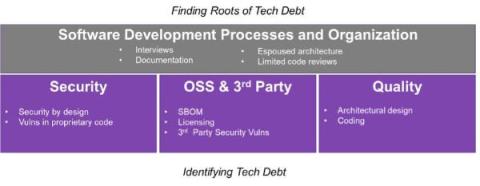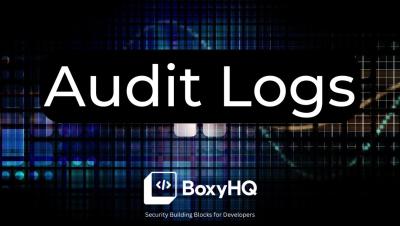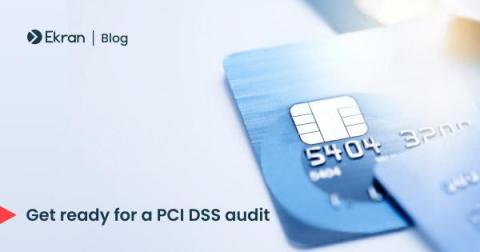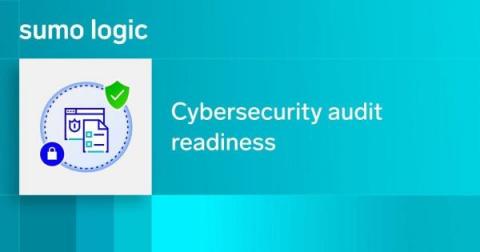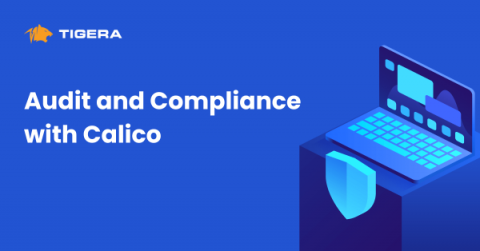Security | Threat Detection | Cyberattacks | DevSecOps | Compliance
Audit
From diligence to integration: How software audits inform post-close M&A strategies
How To Conduct An Azure Security Audit: The Actionable Guide
Over 56% of organizations globally use Microsoft Azure for their cloud services owing to its convenience, cost-effectiveness, and scalability. It is vital to secure your Azure environment against the backdrop of an ever-evolving threat landscape. Otherwise, your database and digital assets can leak sensitive data. And one way to do it is through Azure security audits.
5 Reasons Why You Should Conduct Regular Cybersecurity Audits
Cyber threats are growing more sophisticated, covert, and frequent every day. This year alone has seen the likes of T-Mobile and PharMerica suffering serious security breaches. These incidents disrupted operations and threatened their bottom lines, not to mention the lingering aftereffects and negative brand perception in the eyes of their customers.
Black Duck audits reporting update: Streamlined view of risks and remediation steps
BoxyHQ Audit Logs: A Step-by-Step Tutorial for Securing Your Organization
How to Prepare for a PCI DSS Audit: 7 Key Steps You Should Follow
What to expect when you're expecting a cybersecurity audit for compliance
What Are the Types of Audit Evidence?
The collection and evaluation of audit evidence plays an important role in assessing an organization’s compliance with established standards. The American Institute of Certified Public Accountants (AICPA) serves as a guiding force, establishing methods that auditors should use to carry out their duties effectively. As auditors start their examination, they first collect and analyze various types of audit evidence, each serving as a piece of the puzzle that forms the auditor’s report.
Audit and Compliance with Calico
In this blog post, I will be talking about audit and compliance and how to implement it with Calico. Most IT organizations are asked to meet some standard of compliance, whether internal or industry-specific. However organizations are not always provided with the guidance to implement it. Furthermore, when guidance has been provided, it is usually applicable to a more traditional and static environment and doesn’t address the dynamic nature of Kubernetes.


